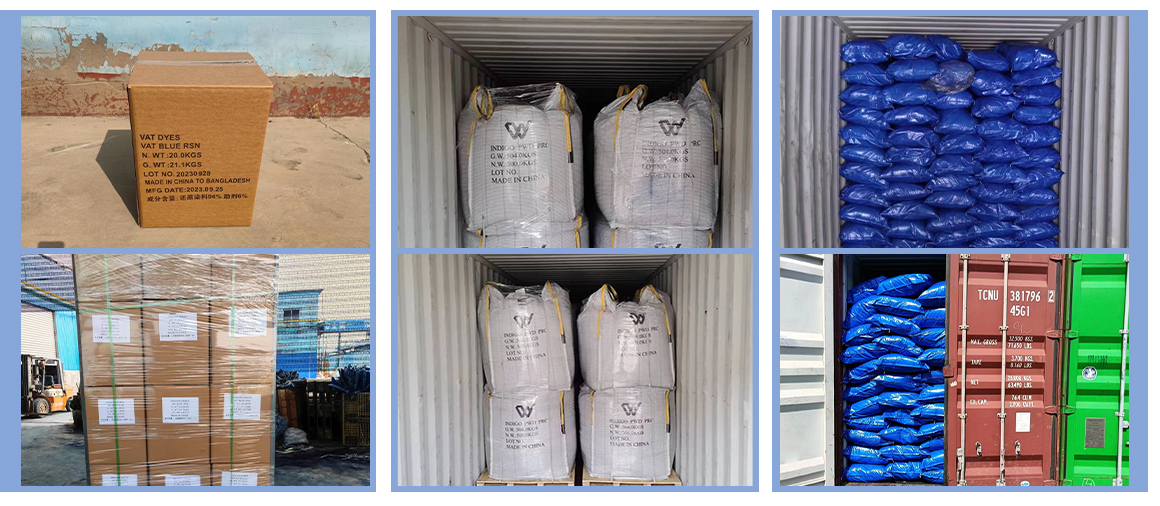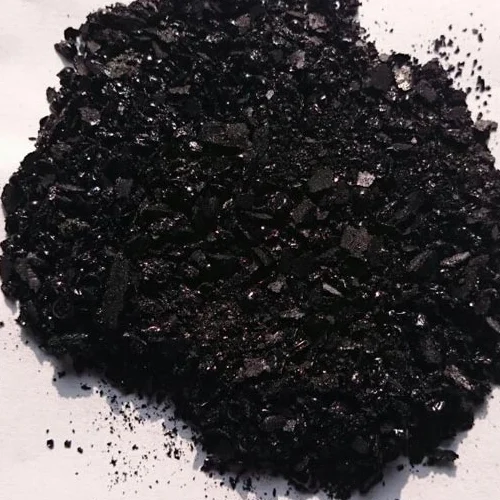light indigo color company


Authority in the indigo market can be established through innovation in product application. By collaborating with artists and designers who specialize in indigo techniques, brands can develop exclusive product lines that showcase unique patterns and textures. These collaborations not only elevate the artistic value of products but also cement a brand's position as a leader in creative innovation. Combining traditional craftsmanship with modern technology to create unique indigo prints can also significantly enhance product desirability and consumer trust. Trustworthiness, a cornerstone in today's marketplace, particularly in relation to indigo products, is often built on transparency about sourcing and production methods. By certifying products through recognized eco-labels or adhering to fair trade practices, brands not only align with consumer expectations but also contribute positively to their brand image. When companies openly communicate these practices, consumer confidence and loyalty are strengthened, paving the way for long-term business growth. In conclusion, indigo's allure extends beyond its aesthetic value and deeply impacts consumer perception and product success. By harnessing its psychological and cultural connotations, applying expert techniques in its use, and maintaining transparent business practices, brands can build a robust identity that resonates with customers. Positioning indigo-rich products effectively allows companies to tap into its timeless charm while ensuring sustainable growth and innovation in the competitive market landscape.
-
Innovating Bromo Indigo Excellence
NewsAug.23,2025
-
Pioneering Indigo Plant Dye Excellence
NewsAug.23,2025
-
Leading Sulphur Black Dyes Enterprise
NewsAug.23,2025
-
Sulphur Black Dyes Light Resistance
NewsAug.23,2025
-
Indigo Blue Granular Industrial Uses
NewsAug.23,2025
-
Bromo Indigo Synthetic Production Process
NewsAug.23,2025
-
The Timeless Art of Denim Indigo Dye
NewsJul.01,2025

Sulphur Black
1.Name: sulphur black; Sulfur Black; Sulphur Black 1;
2.Structure formula:
3.Molecule formula: C6H4N2O5
4.CAS No.: 1326-82-5
5.HS code: 32041911
6.Product specification:Appearance:black phosphorus flakes; black liquid

Bromo Indigo; Vat Bromo-Indigo; C.I.Vat Blue 5
1.Name: Bromo indigo; Vat bromo-indigo; C.I.Vat blue 5;
2.Structure formula:
3.Molecule formula: C16H6Br4N2O2
4.CAS No.: 2475-31-2
5.HS code: 3204151000 6.Major usage and instruction: Be mainly used to dye cotton fabrics.

Indigo Blue Vat Blue
1.Name: indigo blue,vat blue 1,
2.Structure formula:
3.Molecule formula: C16H10N2O2
4.. CAS No.: 482-89-3
5.Molecule weight: 262.62
6.HS code: 3204151000
7.Major usage and instruction: Be mainly used to dye cotton fabrics.

